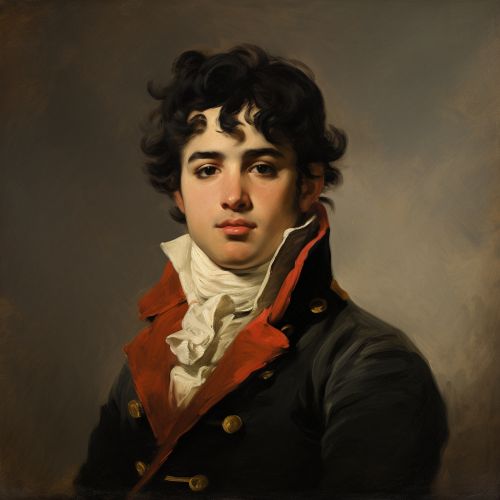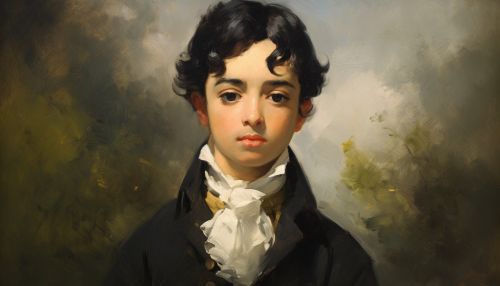Francisco Goya
Early Life
Francisco José de Goya y Lucientes was born on March 30, 1746, in the village of Fuendetodos in Aragon, Spain. He was the fourth of six children born to Gracia Lucientes and Braulio Goya, a gilder. Goya spent his childhood in Fuendetodos, where his family lived in a house bearing the family crest of his mother.
Education and Early Career
In 1760, Goya moved to Madrid to study with Mengs, a popular painter in the Spanish court. However, his studies with Mengs did not last long, as Goya found his teacher's style too rigid and academic. In 1771, he traveled to Italy to study the great masters of the Italian Renaissance. He spent a year in Rome, where he won second prize in a painting competition organized by the city's Academy of Fine Arts.


Career in Madrid
Upon his return to Spain, Goya began to establish himself as a portraitist among the Spanish aristocracy. In 1786, he was appointed painter to Charles III and later promoted to court painter under Charles IV. During this period, he painted portraits of many notable figures, including the Duchess of Alba, with whom he was rumored to have had an affair.
The Black Paintings
In his later years, Goya's work took a dark turn, both in subject matter and tone. This period is most famously represented by his series of 14 "Black Paintings" which he painted directly onto the walls of his house. These works, which include "Saturn Devouring His Son" and "The Dog", are considered some of the most disturbing in the history of art.
Later Life and Death
Goya's health began to deteriorate in his later years, and he became increasingly isolated. He moved to Bordeaux, France, in 1824, where he lived until his death in 1828.
Legacy
Goya is considered one of the most important Spanish artists of the late 18th and early 19th centuries. His work has had a significant impact on the art world, influencing many artists, including Manet, Picasso, and Bacon.
